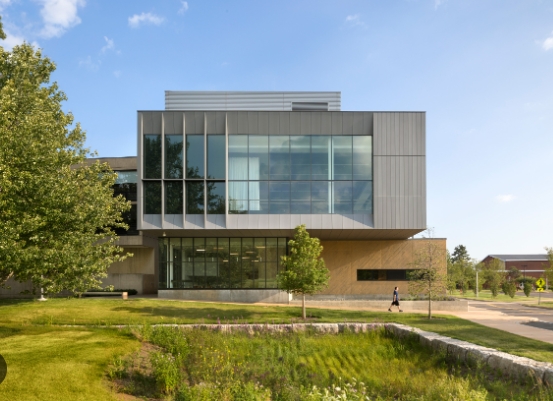SUNY Landscape Architecture is setting the standard for sustainable and innovative design in outdoor spaces. From green roofs to rain gardens, students and faculty are redefining how we interact with our environment. Let’s explore some of the groundbreaking projects that are reshaping the world of landscape architecture.
Green Roofs: Bringing Nature to the City
One of the most prominent features of SUNY Landscape Architecture projects is the use of green roofs. These living roofs not only provide insulation and reduce energy costs, but they also create urban oases for people and wildlife. With a variety of plant species, green roofs are transforming concrete jungles into vibrant green spaces.
Rain Gardens: Managing Stormwater Sustainably
Another innovative design element seen in SUNY Landscape Architecture projects is the use of rain gardens. These sunken gardens capture and filter stormwater runoff, preventing pollution of waterways and reducing the risk of flooding. By integrating natural systems into urban landscapes, rain gardens are both functional and visually appealing.
Native Plantings: Enhancing Biodiversity
SUNY Landscape Architecture projects prioritize the use of native plant species to enhance biodiversity and support local ecosystems. By incorporating a variety of plants that are adapted to the region’s climate and soil conditions, these landscapes are not only more resilient but also provide habitat for a diverse range of wildlife. Native plantings also require less water and maintenance, making them a sustainable choice for outdoor spaces.
Community Engagement: Connecting People to Nature
One of the key goals of SUNY Landscape Architecture projects is to create outdoor spaces that foster community engagement and connection to nature. Through participatory design processes, students and faculty work closely with stakeholders to create landscapes that meet the needs and desires of the local community. From community gardens to outdoor classrooms, these spaces are designed to bring people together and promote environmental stewardship.
In conclusion, SUNY Landscape Architecture is at the forefront of sustainable and innovative design in outdoor spaces. With a focus on green roofs, rain gardens, native plantings, and community engagement, students and faculty are redefining how we interact with our environment. By integrating natural systems into urban landscapes and prioritizing the needs of the community, SUNY Landscape Architecture is creating outdoor spaces that are not only beautiful and functional but also promote sustainability and resilience.

